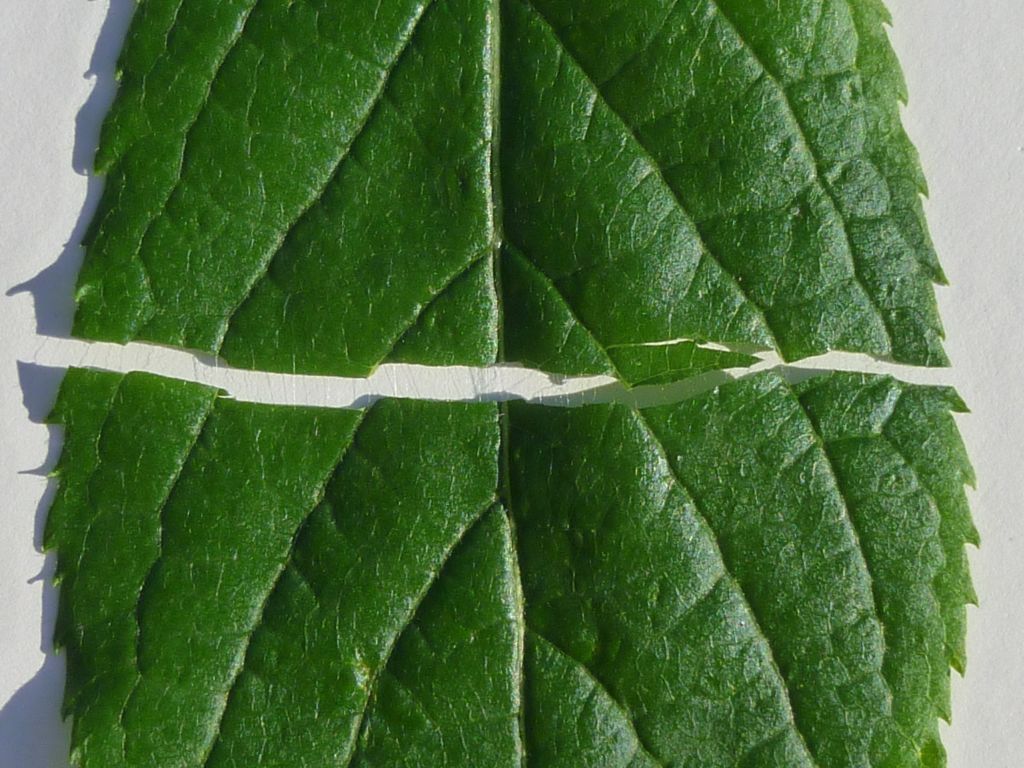#173 (71a) HARDY CHINESE RUBBER TREE
Eucommia ulmoides

Planted: 1914
This tree is near the centre of the Grass Path, on the south side.
| Distribution: | Native region unknown, probably south west China. Rare,no longer found in the wild. |
| Planting Date: | Root sucker of # 71 planted in 1914 which was supplied by Plowman and Son, High Street and Lubenham Hill, Market Harborough, Leicestershire. |
| Growth Habit: | Domed, upper limbs untidily curling. |
| Bark: | Pale, dove grey, deep criss-cross fissures. |
| Leaf: | Ovate to elliptic 20 cm by 9 cm leathery, taper-pointed, finely toothed glossy, dark green with prominent veining, downy when young. |
| Flowers: | Dioecious – male and female on separate plants. Very small, late spring before leaves emerge. |
| Fruit: | On rare females, winged green keys, 4 cm, in clusters, each key containing one seed, elm-like. |
| Potential Size: | 12 m |
| Uses: | Grown as an ornamental shade tree because of its glossy green leaves, and resistance to insect and disease problems. Bark is used medicinally as a tonic for liver and kidneys, lowering blood pressure and absorbing cholesterol. Only tree in the Temperate Zone known to produce latex, but the quantity is too small to be of commercial interest. |
| Introduction Date: | 1896 from plants propagated in China. |
| Anecdotes and Comments: | In his 2004 tree survey Tony Titchen remarked that tree #71, from which this is a sucker, could be male as no ash-like seeds have been seen. It is a rare tree in collections. |